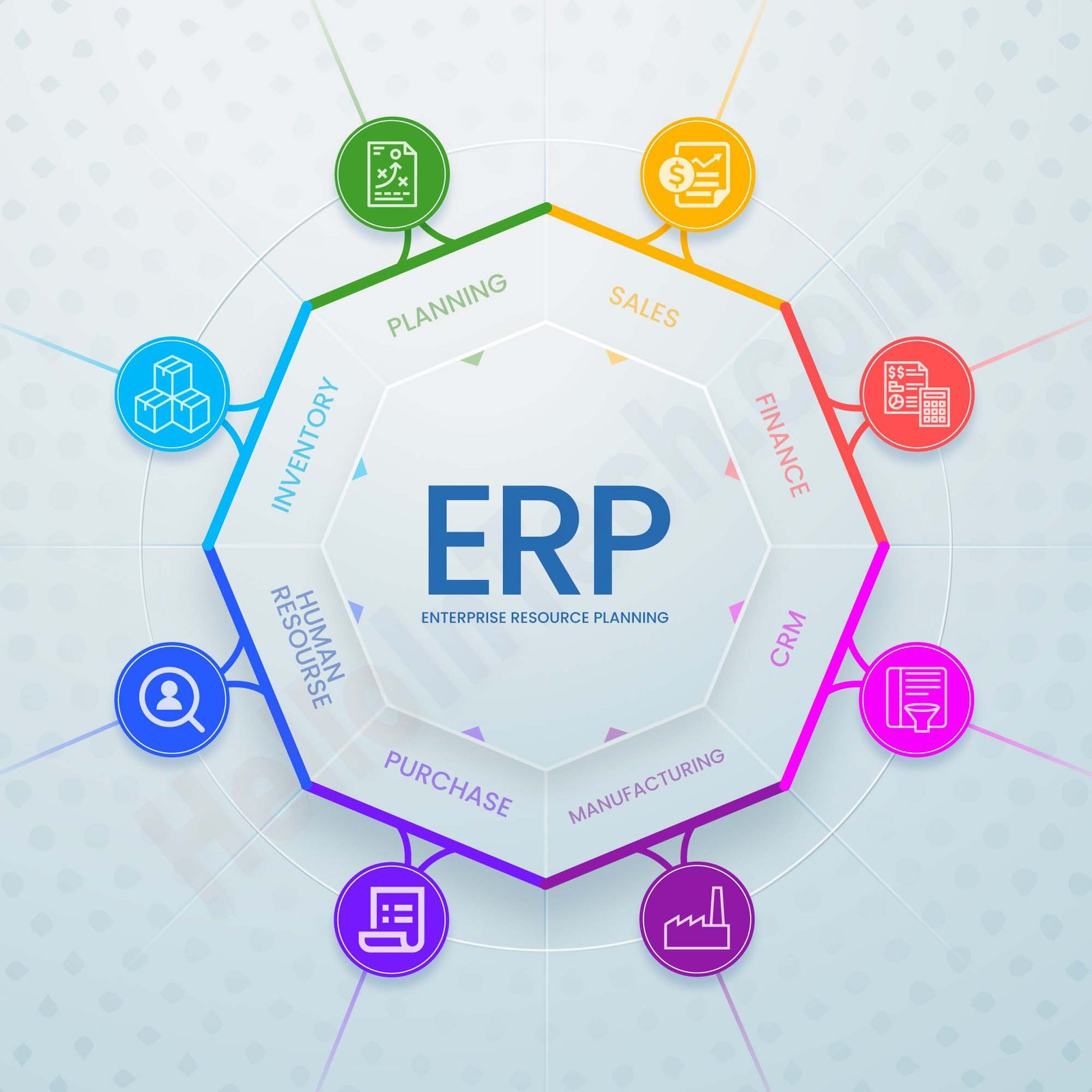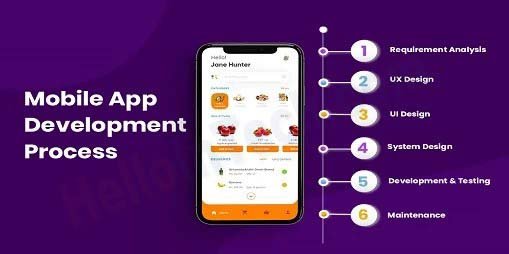HelloInTech.com
Infotech Services
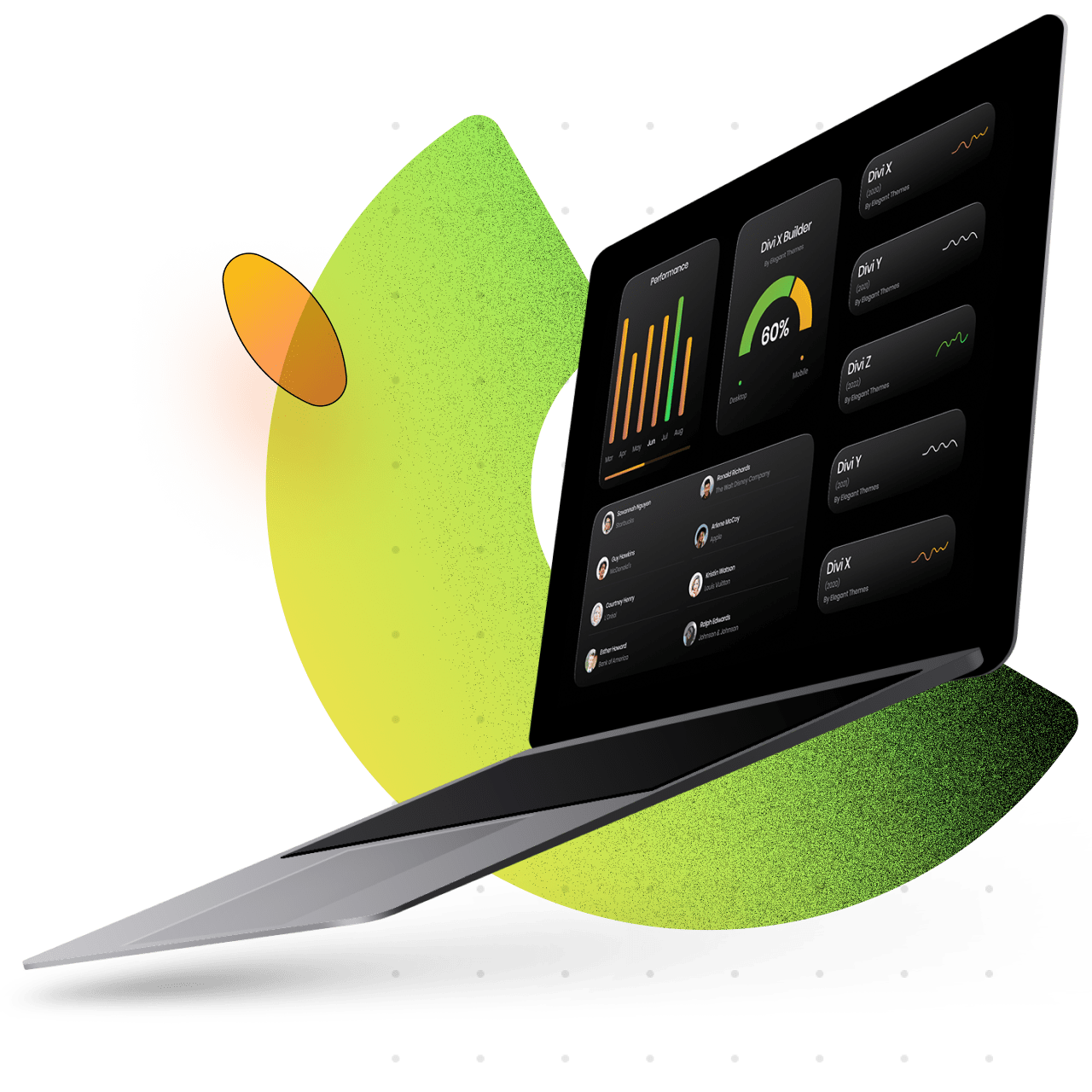
Network Design and Implementation
Network design and implementation refer to the planning, configuration, and deployment of computer networks. This involves creating a blueprint for the structure and layout of the network, selecting appropriate hardware and software components, and then physically setting up and configuring the network to meet specific requirements.
Local Area Network (LAN)
A Local Area Network (LAN) is a network of interconnected computers, devices, and resources within a limited geographic area, such as a single building, office, or campus. LANs enable efficient communication and resource sharing among connected devices.
Wide Area Network (WAN)
A Wide Area Network (WAN) is a type of network that spans a large geographic area, connecting multiple Local Area Networks (LANs) across cities, countries, or even continents. WANs are designed to facilitate communication and data exchange over long distances.
Wireless Network
A wireless network allows devices to connect and communicate without the need for physical cables. It relies on radio frequency signals or infrared signals to transmit data between devices. Wireless networks are commonly used in various settings, including homes, offices, and public spaces.
Campus Area Network (CAN)
A Campus Area Network (CAN) is a type of network that interconnects networks within a limited geographic area, typically a university campus, business campus, or industrial complex. CANs are designed to provide high-speed, reliable communication between different buildings or locations within the same campus.
Metropolitan Area Network (MAN)
A Campus Area Network (CAN) is a type of network that connects multiple interconnected Local Area Networks (LANs) within a specific geographic area, such as a university campus, business campus, or research institution.
Virtual Private Network (VPN)
A Virtual Private Network (VPN) is a secure and encrypted connection that allows users to access a private network, such as a corporate network, over the Internet. VPNs provide a secure communication channel by encrypting data, ensuring privacy and confidentiality.
Data Center Network
A Data Center Network is a specialized network infrastructure designed to support the computing and storage requirements of a data center. It provides the connectivity necessary for servers, storage systems, and other network devices within the data center to communicate and operate efficiently.
IT Infrastructure Management
Ensure the seamless operation of your business with our IT infrastructure management services. From network optimization to server maintenance, we provide robust solutions to keep your systems running efficiently.
Custom Software Development
Creating tailor-made software specifically designed to address unique business processes and requirements. Developing software solutions customized for the specific needs of an enterprise or organization.
Network Management
Involves monitoring and managing the organization’s network infrastructure, ensuring connectivity, bandwidth optimization, and addressing any network-related issues.
Server Management
Focuses on the administration and maintenance of servers, including hardware and software configurations, performance optimization, and resource allocation.
Storage Management
Encompasses the efficient management of data storage resources, ensuring data availability, backup, and adherence to storage policies.
IT Asset Management
Involves tracking and managing the organization’s IT assets, including hardware, software licenses, and digital resources, to optimize usage and maintain compliance.
Virtualization Management
Focuses on the management of virtualized environments, including virtual machines and containers, to optimize resource utilization and enhance flexibility.
Endpoint Management
Involves the administration of end-user devices (desktops, laptops, mobile devices), ensuring security, configuration management, and software updates.
IT Support and Help desk Services
Our dedicated IT support and help desk services resolve issues promptly. Our team is committed to providing timely assistance, ensuring your technology works for you without disruptions.
Desktop Support
Desktop Support focuses on resolving challenges tied to individual computers, troubleshooting software issues, and addressing concerns with peripherals. This service ensures optimal functionality and a seamless user experience, enhancing overall system efficiency and productivity.
Network Support
Network Support involves aiding in network connectivity, configuration, and troubleshooting, ensuring a robust and seamless digital infrastructure for enhanced operational efficiency.
Hardware Maintenance
Hardware Maintenance involves offering support for hardware-related problems and performing proactive maintenance. This service ensures the smooth functioning of physical components, minimizing downtime and optimizing the overall performance of IT equipment.
Software Support
Software Support entails assisting with seamless software installation, managing updates, and promptly resolving issues, ensuring a smooth and efficient digital environment. This service contributes to optimal software performance and user satisfaction while addressing any challenges that may arise.
Security Support
Security Support involves addressing cybersecurity concerns by implementing robust measures and expertly managing security incidents. This service ensures proactive protection, mitigates risks, and safeguards sensitive information, contributing to a resilient and secure digital environment.
24/7 Helpdesk Services
24/7 Helpdesk Services offer continuous assistance and issue resolution, ensuring round-the-clock support for users. This service guarantees prompt responses, minimizes downtime, and enhances user experience, contributing to a reliable and efficient IT environment.
User Training and Education
User Training and Education involve providing guidance and comprehensive training to users on IT tools and industry best practices. This service aims to enhance users’ proficiency, foster efficient utilization of technology, and contribute to a more adept and informed workforce, optimizing overall organizational performance.
Data Analytics and Business Intelligence
Unlock the power of your data with our data analytics and business intelligence services. Gain valuable insights, make informed decisions, and stay ahead in today’s data-driven business landscape.
Descriptive Analytics
Involves analyzing historical data to understand what has happened in the past, often using reports, dashboards, and scorecards.
Diagnostic Analytics
Focuses on understanding why specific events occurred by drilling down into data to identify patterns, trends, and anomalies.
Predictive Analytics
Utilizes statistical algorithms and machine learning models to forecast future trends and outcomes based on historical and current data.
Prescriptive Analytics
Suggests optimal actions to take based on the insights derived from data analysis, aiming to improve decision-making and outcomes.
Text Analytics
Analyzes unstructured textual data, such as customer reviews, social media comments, and documents, to extract valuable insights.
Software Development and Customization
Software development and customization involve creating, modifying, or enhancing software applications to meet specific requirements or business needs. Various types of software development and customization approaches exist based on the nature of the project and its objectives.

Custom Software Development
Creating tailor-made software specifically designed to address unique business processes and requirements. Developing software solutions customized for the specific needs of an enterprise or organization.
Web Development
Creating the user interface and user experience elements of web applications. Building server-side logic, databases, and application functionality.
Mobile App Development
Creating applications for Apple’s iOS platform, compatible with iPhones and iPads. Developing applications for devices running on the Android operating system.
Open Source Software Customization
Adapting and modifying open source software to suit specific requirements. Modifying CMS platforms like WordPress, Drupal, or Joomla to meet unique needs.
E - Commerce Platform Customization
Customizing the Magento e-commerce platform to fit business requirements. Adapting and extending Shopify for unique online store needs.
Enterprise Resource Planning (ERP)
Streamline your business processes with our Enterprise Resource Planning (ERP) solutions. From finance to human resources, our integrated systems enhance efficiency and productivity across your organization.
Manufacturing ERP
Manufacturing ERP is custom-built for manufacturing companies, streamlining production, supply chain, inventory, and quality control. This specialized system enhances operational efficiency, ensuring seamless coordination across the manufacturing lifecycle.
Supply Chain ERP
Supply Chain ERP optimizes management by integrating procurement, logistics, inventory, and supplier relationships. This specialized system enhances coordination, reduces operational costs, and ensures efficiency across the entire supply chain lifecycle.
Human Resource ERP
Human Resource ERP streamlines HR processes by addressing payroll, recruitment, employee management, training, and performance evaluation. This specialized system enhances efficiency, fostering a comprehensive approach to human resource management within organizations.
Financial ERP
Financial ERP specializes in financial management, encompassing accounting, budgeting, and reporting. This system ensures precise financial control, aiding organizations in strategic planning and maintaining accurate financial records.
Customer Relationship Management (CRM) ERP
CRM ERP integrates ERP with CRM functionalities, offering a unified platform for managing customer interactions, sales, and marketing. This combined system enhances organizational efficiency by providing a seamless and comprehensive approach to customer relationship management.
Project Management ERP
Project Management ERP is tailored for project-based businesses, offering tools for efficient project planning, resource allocation, and comprehensive project tracking. This specialized system enhances collaboration, ensuring streamlined project execution and successful outcomes.
Managed IT Services
Managed IT services refer to the practice of outsourcing the responsibility for the maintenance, monitoring, and management of an organization’s information technology (IT) systems and infrastructure to a third-party service provider. The objective is to enhance operational efficiency, reduce costs, and ensure the optimal performance and security of IT assets.
Remote Management
Much of the management and troubleshooting is done remotely, allowing MSPs to address issues quickly without the need for on-site visits.
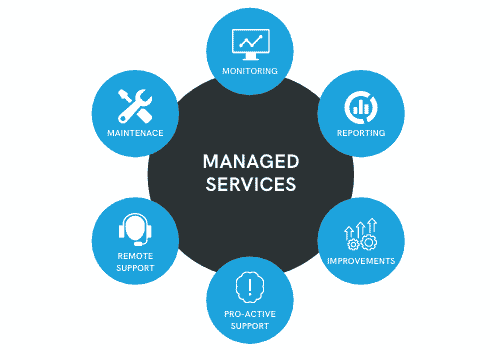
Proactive Monitoring
MSPs monitor IT systems in real-time to identify potential issues before they escalate. This proactive approach helps prevent downtime and performance issues.
Network and Infrastructure Management
MSPs handle the configuration, optimization, and management of network components, servers, storage, and other infrastructure elements.
Security Management
Managed IT services often include security measures such as antivirus management, firewall configuration, intrusion detection, and regular security updates.
Data Backup and Recovery
MSPs implement and manage data backup solutions, ensuring that critical data is regularly backed up and can be quickly recovered in the event of data loss or system failures.
Mobile App Development
Stay connected with your audience through our mobile app development services. We craft user-friendly and innovative mobile applications, catering to diverse platforms and functionalities.
Native App Development
Native App Development creates applications tailored for a single platform (iOS or Android) using platform-specific programming languages (Swift or Objective-C for iOS, Kotlin or Java for Android). This approach optimizes performance and ensures a seamless user experience by leveraging the native capabilities and features of each operating system.
Cross-Platform App Development
Native App Development creates applications tailored for a single platform (iOS or Android) using platform-specific programming languages (Swift or Objective-C for iOS, Kotlin or Java for Android). This approach optimizes performance and ensures a seamless user experience by leveraging the native capabilities and features of each operating system.
Progressive Web App (PWA) Development
Progressive Web App (PWA) Development crafts web applications functioning like native apps, accessible through web browsers. PWAs provide offline capabilities, push notifications, and a responsive design, offering a user experience akin to traditional mobile applications without the need for installation.
Hybrid App Development
Hybrid App Development merges web technologies (HTML, CSS, JavaScript) with native capabilities, utilizing frameworks like Apache Cordova or Ionic. These apps are versatile, and deployable on multiple platforms, providing a cost-effective solution for businesses aiming for cross-platform compatibility without developing separate native apps.
Augmented Reality (AR) App Development
Augmented Reality (AR) App Development incorporates AR technologies, overlaying digital information onto the real world. Commonly using frameworks like ARKit for iOS and ARCore for Android, these apps provide immersive experiences by blending digital elements with the user’s physical surroundings.
Virtual Reality (VR) App Development
Virtual Reality (VR) App Development designs immersive experiences within a virtual environment, commonly using platforms like Unity or Unreal Engine. This process is pivotal for gaming and simulation applications, leveraging VR technology to create engaging and lifelike virtual worlds.
Enterprise Mobile App Development
Enterprise Mobile App Development tailors applications to meet business needs, addressing specific workflows, data management, and collaboration requirements within organizations. This specialized approach enhances efficiency, streamlining internal processes and fostering seamless communication, contributing to overall organizational productivity.
Internet of Things (IoT) App Development
IoT App Development connects mobile apps with IoT devices, empowering users to control and monitor smart devices. This process involves integration with IoT platforms and adherence to specific protocols, ensuring seamless communication between the mobile application and the Internet of Things ecosystem.
Web Development and Design
Transform your online presence with our web development and design expertise. Our creative and functional websites are tailored to your brand, providing a captivating user experience.
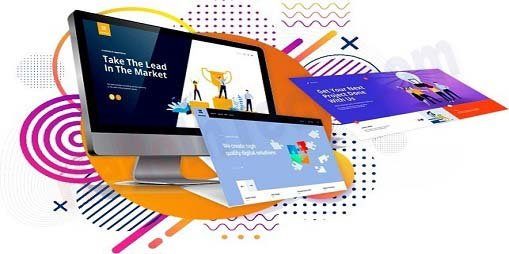
Front-end Web Development
Front-end Web Development concentrates on the client side, utilizing HTML, CSS, and JavaScript to craft engaging, interactive, and visually appealing user interfaces for web applications. This discipline ensures a seamless and user-friendly experience, emphasizing design and functionality in the browser.
Back-end Web Development
Back-end Web Development oversees server-side logic, databases, and application functionality, ensuring efficient data processing, storage, and retrieval. It commonly involves server-side programming languages like Python, Ruby, PHP, or Node.js, contributing to the dynamic functionality of web applications.
Full-Stack Web Development
Full-Stack Web Development encompasses both front-end and back-end tasks, enabling developers to work on all facets of a web application. This holistic approach includes designing user interfaces and managing server-side functionality, ensuring a comprehensive and cohesive development process for web applications.
Static Web Development
Static Web Development focuses on creating websites with fixed content, where the information remains constant and doesn’t change dynamically based on user interactions or database queries. This approach simplifies hosting and enhances speed, making it suitable for websites that do not require frequent updates or dynamic content.
Dynamic Web Development
Dynamic Web Development entails creating websites with content that changes dynamically based on user interactions, inputs, or real-time data updates. This approach enhances user engagement, allowing for personalized and interactive web experiences that respond dynamically to user actions or external data changes.
Single-Page Application (SPA) Development
Single-Page Application (SPA) Development involves creating web applications that load a single HTML page, dynamically updating content as users interact. This approach enhances user experience by providing a seamless and responsive interface, reducing page reloads, and offering a more fluid and interactive application environment.
Progressive Web App (PWA) Development
Progressive Web App (PWA) Development crafts web applications with native app-like features, including offline capabilities, push notifications, and a responsive user interface. This approach ensures a seamless and engaging user experience, blurring the line between web and native mobile applications. PWAs provide enhanced accessibility and performance, especially on mobile devices.





